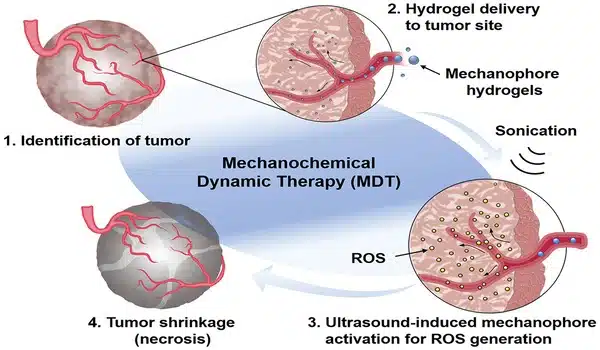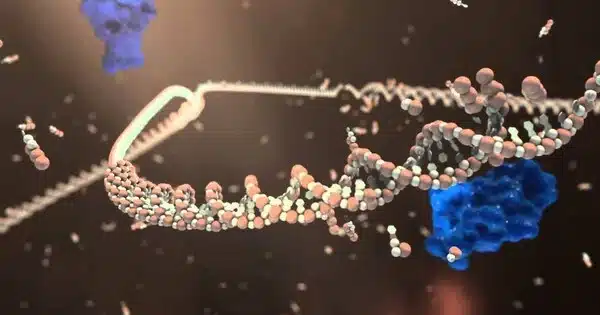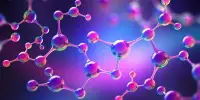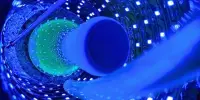Ultrasound has been studied as a method to activate anticancer agents, such as chemotherapy drugs, in the body. This approach is known as sonodynamic therapy (SDT). Chemotherapy treatments produce strong side effects. A new agent that accumulates in the tumor tissue and is activated there by ultrasound waves does not have this problem.
Platinum complexes are among the most commonly used cancer drugs. They are effective but have serious side effects. Dr. Johannes Karges of the Faculty of Chemistry and Biochemistry at Ruhr University Bochum, Germany, led an international research team that developed a complex that accumulates in tumor tissue and is activated thereby ultrasound waves. Its cell-damaging effect thus manifests only where it is desired.
“Whereas previous studies relied on light activations that can only penetrate a few millimeters deep into the tissue, we have now developed a treatment method with ultrasound activation that penetrates several centimetres deep into the body,” Karges says. This could mean that even for large and deep-seated tumors, treatment with few side effects is possible. The researchers published their results in the journal Angewandte Chemie International Edition.
Whereas previous studies relied on light activations that can only penetrate a few millimetres deep into the tissue, we have now developed a treatment method with ultrasound activation that penetrates several centimetres deep into the body.
Dr. Johannes Karges
Harmless in healthy tissue
Cisplatin, oxaliplatin, and carboplatin, platinum(II) complexes, are among the most commonly used cancer drugs. Severe side effects such as nausea, vomiting, kidney damage, and bone marrow suppression offset their clinical success. Over the past decades, significant research efforts have been invested in the development of so-called platinum(IV) complex prodrugs to overcome these limitations.
“These prodrugs are stable and inactive, so they are completely harmless,” Johannes Karges explains. “They’re supposed to stay that way in healthy tissue.” They should, however, be rapidly converted into therapeutically active platinum(II) complexes in cancer tissue.”
The reduction of the metal complex necessitates the use of energy. Activation with ultraviolet, blue, or red light has previously been reported in studies. “The problem is that light can only penetrate about a centimeter into the body and thus does not reach many tumors,” Johannes Karges explains. To overcome this limitation, his team combined platinum(IV) complex prodrugs for the first time with sonosensitizers that can be selectively activated with ultrasound irradiation.

Nanoparticles accumulate in the tumour
The researchers encapsulated the platinum(IV) complex prodrugs and the sonosensitizers in haemoglobin to form nanoparticles in order to create a therapeutically effective complex. “We were able to observe that the nanoparticles selectively accumulated in a mouse intestinal tumour after injection into the bloodstream, thus supporting targeted treatment,” Johannes Karges reports. “After ultrasound irradiation, the platinum(IV) prodrug was activated at the tumor site, causing the release of cisplatin, which is toxic to cells, and almost completely eradicating the tumor.”
Advantages of ultrasound
In SDT, ultrasound waves are used to activate a photosensitizing agent that has been previously administered to the patient. When the ultrasound waves come into contact with the photosensitizing agent, they cause it to produce reactive oxygen species (ROS), which are toxic to cancer cells. This localized production of ROS can result in the destruction of cancer cells while sparing healthy tissues.
These findings could pave the way for the development of new techniques and agents for treating very large or deep-seated tumors. Ultrasound penetrates tissue more than an order of magnitude deeper than near-infrared light. Furthermore, ultrasound treatments are generally thought to be less invasive and simple to use. Another benefit is that hospitals are often already outfitted with the necessary equipment. “Our work is still fundamental research,” says Johannes Karges. “Whether and when treatments based on this will be available in clinical practice is not yet clear.”















